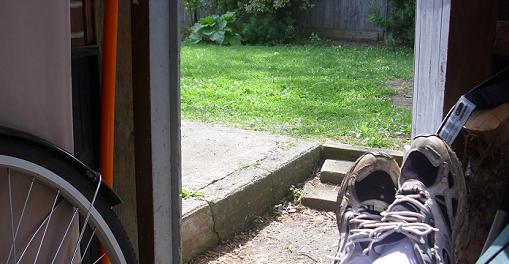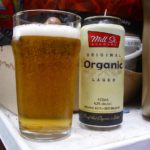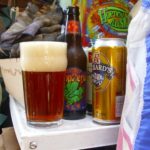This is either just a bit weird or I have completely missed something. Apparently some scientists have been looking to find the yeast strain that started lager… and they think they have found it:
When the team brought the yeast to a lab at the University of Colorado and analyzed its genome, they discovered that it was 99.5% identical to the non-ale portion of the S. pastorianus genome, suggesting it was indeed lager yeast’s long-lost ancestor. “The DNA evidence is strong,” said Gavin Sherlock, a geneticist at Stanford University who has studied lager yeast but was not involved in this study. But Sherlock wondered how S. eubayanus could have traveled the nearly 8,000 miles from Argentina to Germany. “We all know that in 1492, Columbus sailed the ocean blue,” he said. “Lager was invented in the 1400s. It’s not really clear how that progenitor would have gotten from South America to Europe.”
Whazzates’sayin’?!?! Look, don’t get me wrong – yeast is interesting stuff. But to say lager was “invented” in the 1400? Now, if I dip into my copy of Hornsey, I don’t run into lager until the 1800s at page 485. Yet this story I posted in 2008 speaks of lager yeast evolving in the 16th century in a Bavarian cave which gets us in the ball park in terms of centuries. Maybe it’s the use of the word “invented” in the article that threw me off.
Most interesting of all, Gavin Sherlock posted a comment at this here blog back in 2008 as did Drs Dunn and Sussman all involved in this project. I will stay well away from the term “egg head” this time and invite some direction on their work and the implications for the lagered time line.













